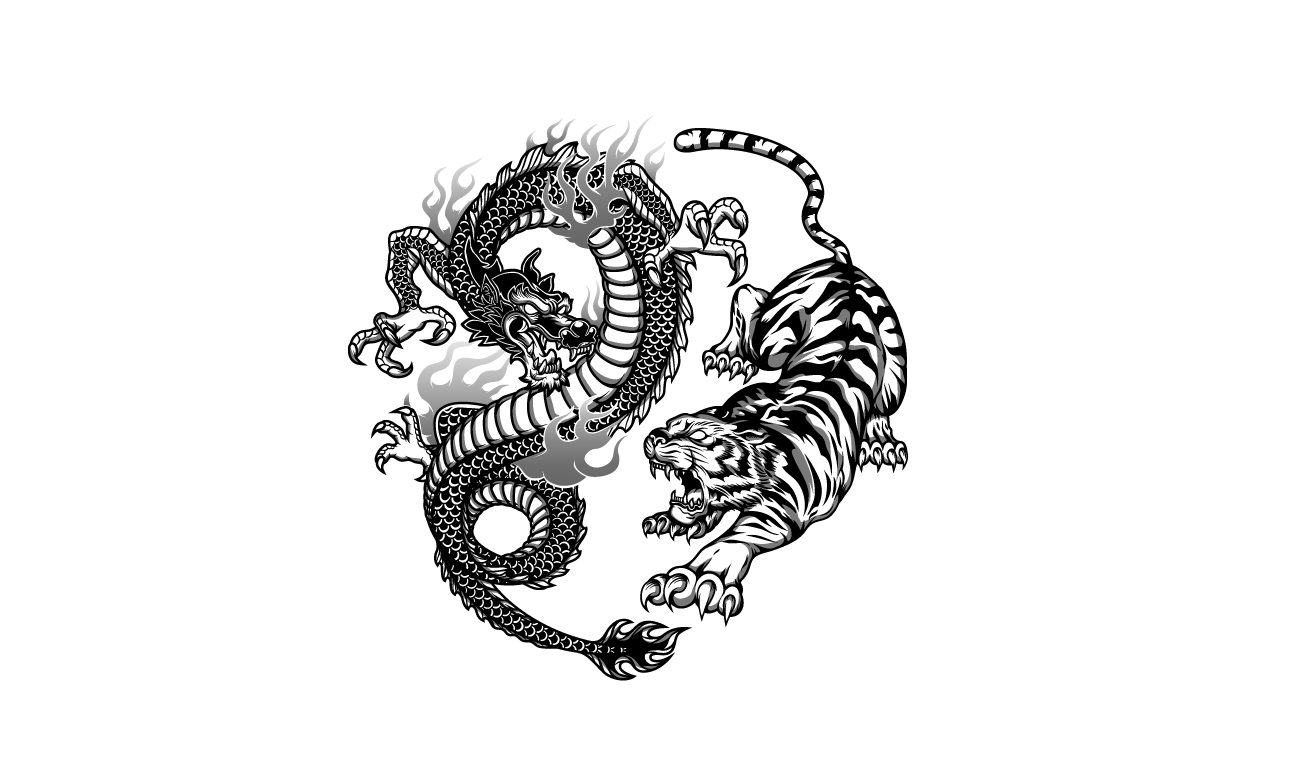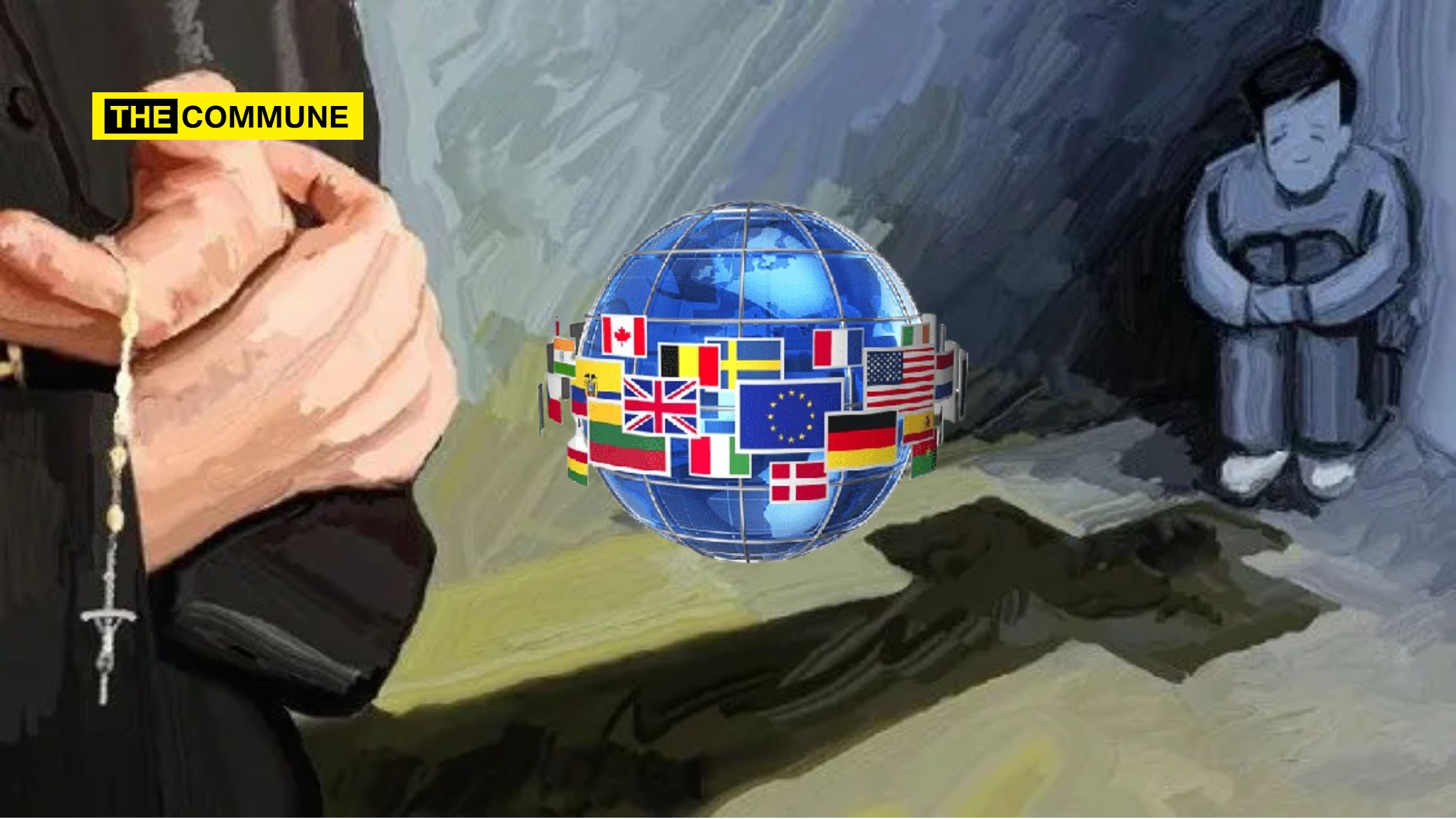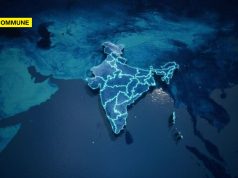
China’s rise as an expansionist power has many ramifications for the world. China’s attempt to dominate Asia by controlling the South China sea and containing India using String of Pearls strategy and its attempt to challenge US hegemony using Belt and Road Initiatives indicate that China’s demonic won’t be peaceful.
Recently China has started to flex its muscles against India by taking advantage of the crisis created by the pandemic it unleashed on the world. The Line of Actual Control (LAC) has been simmering for months now. There are around 400 transgressions/faceoffs each year on an average along the LAC but, the recent spate of territorial transgressions by the People’s Liberation Army (PLA) is unprecedented in its scope and manner than previous times.
Initially Chinese patrol at Pangong Tso and Nathu La clashed with Indian patrols by early May 2020. Later China opened new fronts at various places along the border in Ladakh.
At North of Pangong Tso, PLA troops occupied “disputed area” between Finger 4 and 8 where both sides were patrolling. At Galwan Valley, they had taken up positions along the track from Shyok River to the LAC thus denying our patrols the ability to move up to the LAC. At Hot Spring, Chinese soldiers had moved into three areas of PP14, PP15, and Gogra, backed by a large number of troops and heavy equipment on their side. India too mobilised it’s forces including tanks, artillery and fighter jets along LAC to match the Chinese .
It must be noted that only Pangong Tso and Demchok sector remain the areas where the two sides have ‘different perceptions’ of the LAC. But with respect to Galwan, Hot Spring & Nathu La, China and India have in the past never disagreed on the location of the LAC. So, it is quite conspicuous that Chinese are trying to open new front and pursue a strategy of salami-slicing.
China’s expansionist policies resemble that of Hitler before World War 2. Hitler had his own reasons for his aggressive policy which lead to World War 2. Similarly China’s adventurism against India in the middle of COVID crisis across the world too has its own reasons.
China wants to assert its power in the region
With China establishing itself as a major economic power, it seems to look for becoming a military power like the US by dominating the Asia Pacific region first. China’s assertion of its rising power status is reflected from its aggressive posturing and claims of islands in South China Sea
China’s wants to dominate the South China Sea region because South China Sea is important for its trade and energy security as major part of its trade and energy supplies. China has been trying to dominate India at its backyard in the India Ocean region too by creating Naval bases across Indian Ocean. Indian in response has been taking diplomatic, trade and military route to counter China’s plans.
Article 370 abrogation, Aksai Hind and CPEC
After Doklam, China wanted to ease tensions with India and bring it on board to the BRI program. So China went for the Wuhan and Mahabalipuram Informal Summits. But the Abrogation of Article 370 and the following bifurcation of Jammu and Kashmir to Jammu and Kashmir and Ladakh raised eyebrows in China.
China’s main objection regarding Article 370 issue is that it sees it as an obstacle to its CPEC that passes through the POK (Pakistan Occupied Kashmir). With talks of taking back POK floating in the air, China became restless. Added to this, the past few years have seen a strengthening of border infrastructure like never before. These moves of India explain the PLA’s incursions into areas in eastern Ladakh. Hence, this must be viewed in the broader context of a long-term geopolitical world view both India and China has for the region.
By putting military pressure in Ladakh, the Chinese are assertively conveying multiple messages to India including exhorting New Delhi to restrain itself on its aim of taking back Gilgit-Baltistan (POK).
While the military standoff was on at multiple areas along LAC, China and India initiated Commander level talks to resolve the issue. Multiple round of talks happened and there was some hope of resolving the current standoff peacefully. But all such hopes were shattered soon when the Chinese went back on its word.
As per the disengagement plan decided on June 6 at the meeting of Corps Commander-level both sides were to withdraw from Galwan Valley as per the agreement. Troops of the 16th battalion of the Bihar Regiment noticed fresh military post near patrol point 14 at Galwan valley and asked the Chinese to vacate but soon Chinese troops started a planned assault on Indian troops. Indian soldiers were beaten with clubs studded with nails.
Though initially surprised by the attack Indian Army started retaliating and reinforcements of deadly Ghatak commandos who are experts in close quarter combat were sent. Commandos started dominating the Chinese Soldiers and it lead to approximately 35-50 Chinese soldiers being dead while the Indian side lost 20.
Clearly Chinese have again followed the path of deception proposed by famous Chinese war strategist Sun Tzu. Initially Chinese gave an impression that issue will be solved via talks as talks lead to initiation of disengagement process at border at least on paper. When Chinese felt that they have made India believe in their reconciliatory posture’s they have implemented their deception plan by attacking Indian Soldiers so as to position themself as a dominant power and to satisfy their domestic audience.
The end to the India China border issue seems to be a distant dream as of now. India is preparing for the long haul against China. India had moved its fighter jets to forward bases against China and our jets are doing regular border patrols. We have also moved advanced tanks, artillery guns and military helicopters including advanced Apache attack helicopters to forward areas.
China being reluctant to move back its troops from the border area despite several rounds of local commander level and General level talks India and China border standoff is expected to continue even during September – November tough winter times and the Indian Armed Forces are preparing themselves to hand any situation what so ever.
China is also coordinating with Pakistan in its anti-India designs. Chinese fighter jets have a disadvantage of not being able to carry heavy payload due to high altitude terrain at the India China border, but China is seen to be overcoming this disadvantage by using Pakistan’s airbase at POK. Though we don’t have any military conflict with Pakistan for now but on ground India needs to be fully ready for a two front conflict – China directly and Pakistan indirectly .
China have not only created trouble at our borders but is also trying to turn India’s neighbourhood allies against us .For example recent anti-India activism of Nepal by raking up the border issue indicate Chinese economic and political influence on Nepal’s communist parties and China’s constant support to Pakistan militarily and diplomatically against India clearly demands that we need a relook into our China policy .
India’s options
In the border issue against China we have a range of options to pressurise China to make them backoff. First India must go for a diplomatic offensive by taking a stronger pro-Taiwan stance against China, which is trying to intimidate Taiwan and must openly condemn Chinese atrocities on Uighur Muslims as India hosts one of the largest Muslim populations. India must also support pro-Democratic forces in Hong Kong which China is trying to crush using harsh Security laws. Panchsheel doctrine applies only if the parties respect it mutually. As of now, the Panchsheel doctrine stands toothless.
Freedom of navigation over the Indian Ocean Region and Pacific Ocean must be ensured to by coordinating with the QUAD (India, Japan, USA, Australia).
It must be noted that there are limits to China’s LAC adventurism. There are several places along the several thousand kilometre long LAC where the PLA is militarily weak, the Indian Army has the upper hand, and, therefore, a tit-for-tat military campaign could be taken to capture few Chinese territory to bargain with China to backoff from border areas. With talented mountain division who are world famous for being best in mountain warfare and a strong air force with Rafale fighter adding more strength, India definitely aspire to have an upper hand over China in this area.
China has constantly tried to bully us using the border issue. In the recent face-off China wants to win without a military conflict against India as its already busy along its eastern coast in South China sea, but it wants to impose the fear of escalation on India to tolerate its intrusion and land grab tactics along the border. As National Security Adviser Ajit Doval Doctrine says, it is time we switch from defensive mode to offensive defensive like we did with Pakistan. Ofcourse China is not Pakistan but to contain Chinese adventurism, going on offensive defense mode is a must. India must deal the new Hitler in China appropriately as the world is watching us.




